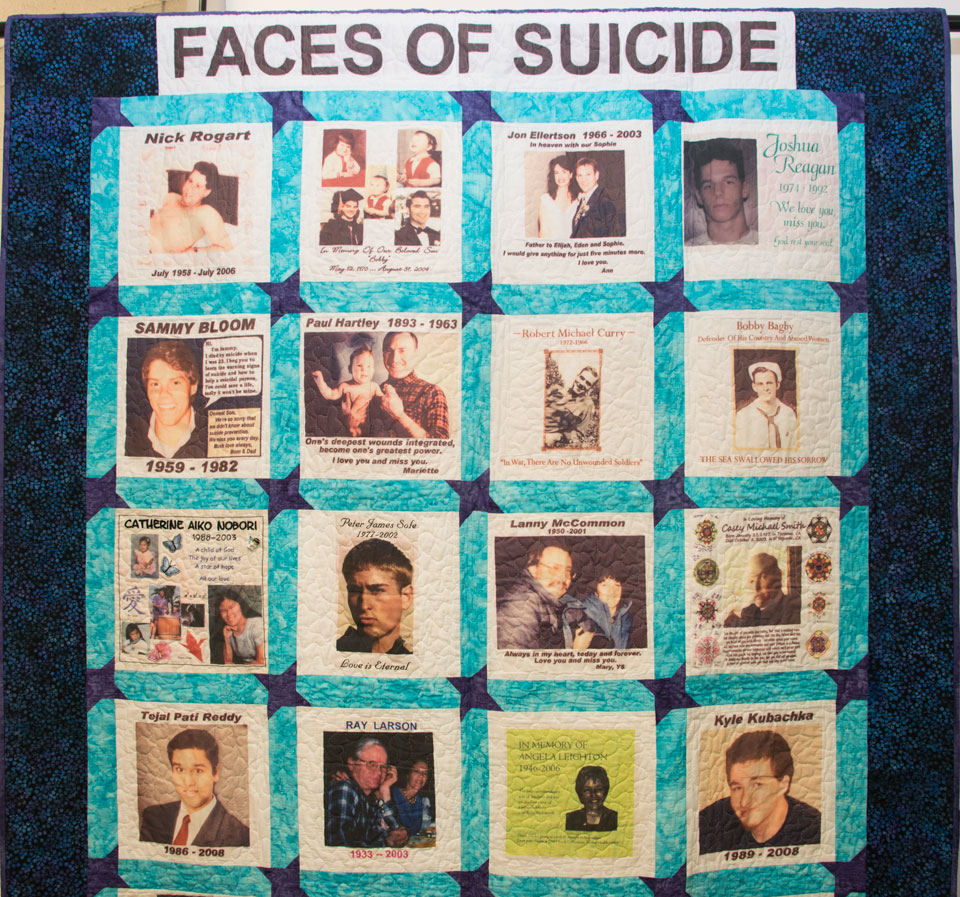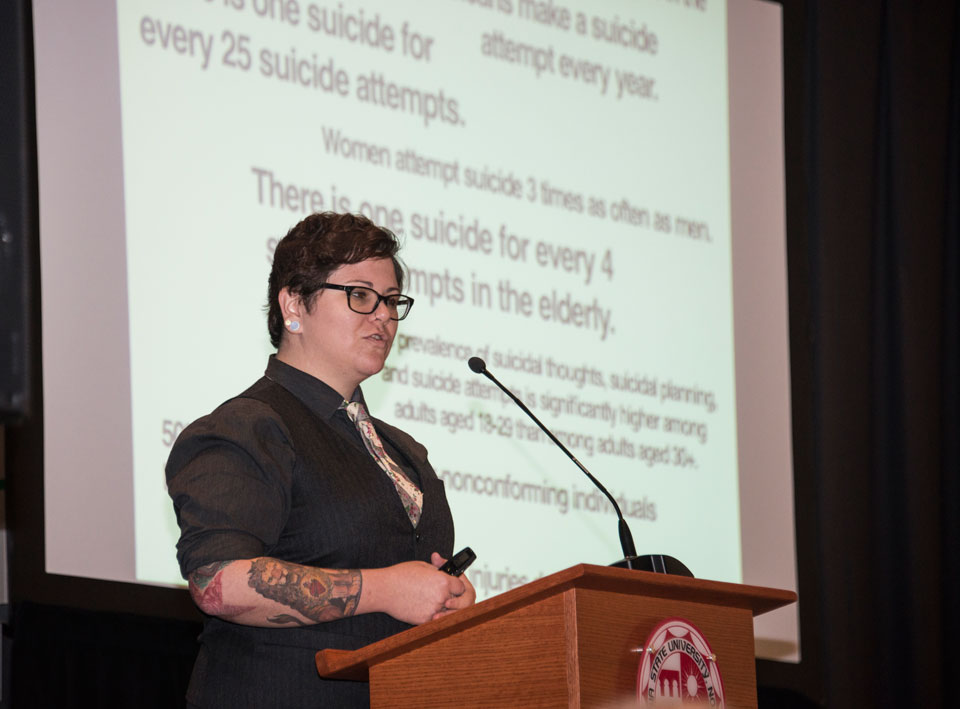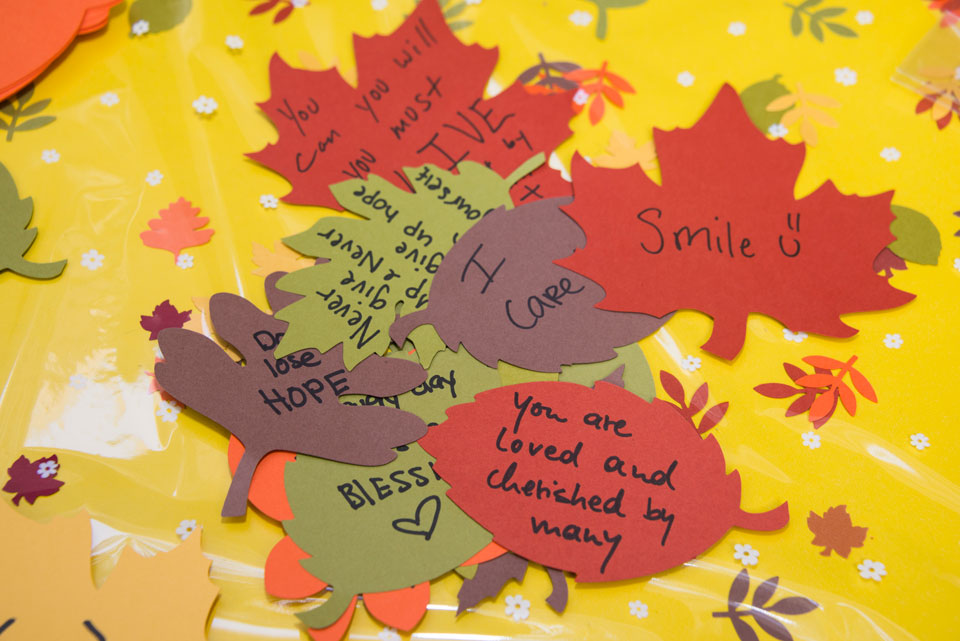CSUN Hosts The Power of Our Voice: Hope, Help & Healing Suicide Prevention Summit
California State University, Northridge took a step in raising awareness and reducing the stigma of suicide at The Power of Our Voice: Hope, Help & Healing for High School and College Students suicide prevention summit on Oct. 27 at the Northridge Center in the University Student Union.
Each year, officials from the Los Angeles County Department of Mental Health create a different theme and focus group to highlight for the summit. This year, the target was youth suicide prevention for high school and college students. Kimberly Ronan, of the county department of mental health, worked with CSUN social welfare professor Judy Debonis to organize the summit and bring it to CSUN.
“We knew it would bring the energy we needed, as well as allow for the voice of the students to share the message of hope, help and healing,” Ronan said. “Moving the summit to a university campus was a great opportunity and allowed for us to have many more students and other voices included.”
This year’s audience of about 600 people varied from those at past summits because it was open to the public, organizers said. The university setting gave more inclusive access to teachers, administrators, students and community members, and the program included seven panels on topics such as safe use of social media, university policies on suicide and suicide prevention/intervention strategies; and three keynote speakers who used the power of their voices to reach the audience.
Dese’Rae L. Stage, a photographer and creator of Live Through This, a project that features profiles of suicide attempt survivors, talked about her own experience of going through depression and surviving a suicide attempt. Stage said many people treat survivors of suicide attempts as check boxes on surveys instead of people.
“Our culture doesn’t spend too much time talking about mental health,” Stage said. “We are anyone and everyone.”
She said her attempt at suicide and subsequent survival are what inspired her to advocate for others.
“The two most powerful words we can say as suicide survivors are, ‘me too,'” she said. “We need a voice, because 90 percent of suicide survivors go on to face their lives.”
Suicide is a leading cause of death in the United States. An American dies by suicide every 12.77 minutes, according to the American Foundation for Suicide Prevention. For every death by suicide, there were 25 attempts.
Debonis said that attendees at the summit and people who visited the resource tables were empowered with information about the warning signs and risk factors related to suicide and the resources that are available to help those persons at risk.
“For many that attended the summit, they learned with their heart and not with their head, which is very powerful and helps to break down the stigma associated with mental illness and suicide,” Ronan said.




 experience
experience